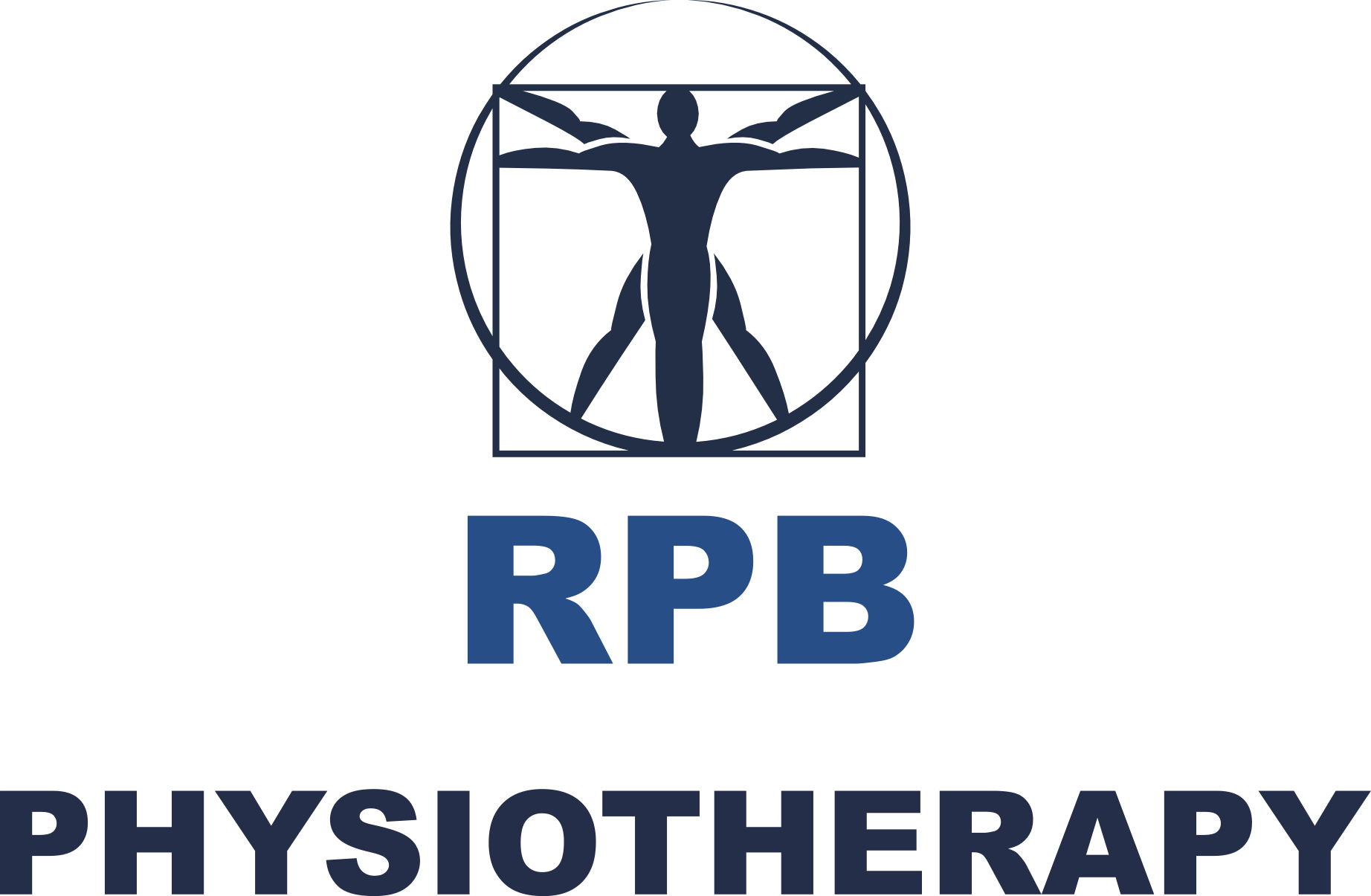Frequently asked questions
initial appointments
A longer typically 40 minute appointment:
1. Obtain full details & history of your symptoms, relevant background information and your goals & aims.*
*The more information you can put on the contact form the less time needed for this part and more can be spent on the treatment.
2. A physical assessment to determine your diagnosis and appropriate treatment program.
This will involve assessing your range of movement, how you move. muscle strength, joint movement & flexibiity and any special tests required.
3. Treatment which might typically include soft tissue release techniques, joint mobilization, advice and an exercise program to address your symptoms.
Also time to answer any questions regarding the diagnosis, prognosis, your concerns or fears.
1. Obtain full details & history of your symptoms, relevant background information and your goals & aims.*
*The more information you can put on the contact form the less time needed for this part and more can be spent on the treatment.
2. A physical assessment to determine your diagnosis and appropriate treatment program.
This will involve assessing your range of movement, how you move. muscle strength, joint movement & flexibiity and any special tests required.
3. Treatment which might typically include soft tissue release techniques, joint mobilization, advice and an exercise program to address your symptoms.
Also time to answer any questions regarding the diagnosis, prognosis, your concerns or fears.
how do i pay?
If possible, we prefer payments before the appointment via BACS
We do accept card or cash payments in the clinic
We do accept card or cash payments in the clinic
follow-up appointments
Follow-up appointments are typically 30-35 minutes.
Time to review your progress and response to the treatment/exercises and answer any queries before further treatment.
Time to review your progress and response to the treatment/exercises and answer any queries before further treatment.
covid 19
Please do not attend the clinic if you are unwell or have any Covid 19 symptoms.
HOW MANY TREATMENTS WILL I NEED?
Typically this will be 3-4 but will depend on how long you have had the symptoms, the diagnosis or how severe the injury. Some of our customers require only one appointment whilst others may need several to gain full recovery.
do i need to undress?
For a proper assessment the part of the body in which you are experiencing symptoms does need to be exposed. For shoulder and neck assessments for female patients a vest type top is ideal. For knees and hips a pair of shorts is preferred. Patient's dignity is a priority but if you are concerned please email or phone us.
can i bring a family member with me?
The clinic room is large enough for 3 people so you are welcome to bring you partner or parent.
If you are under 16 you must be accompanied by a parent.
If you are under 16 you must be accompanied by a parent.

